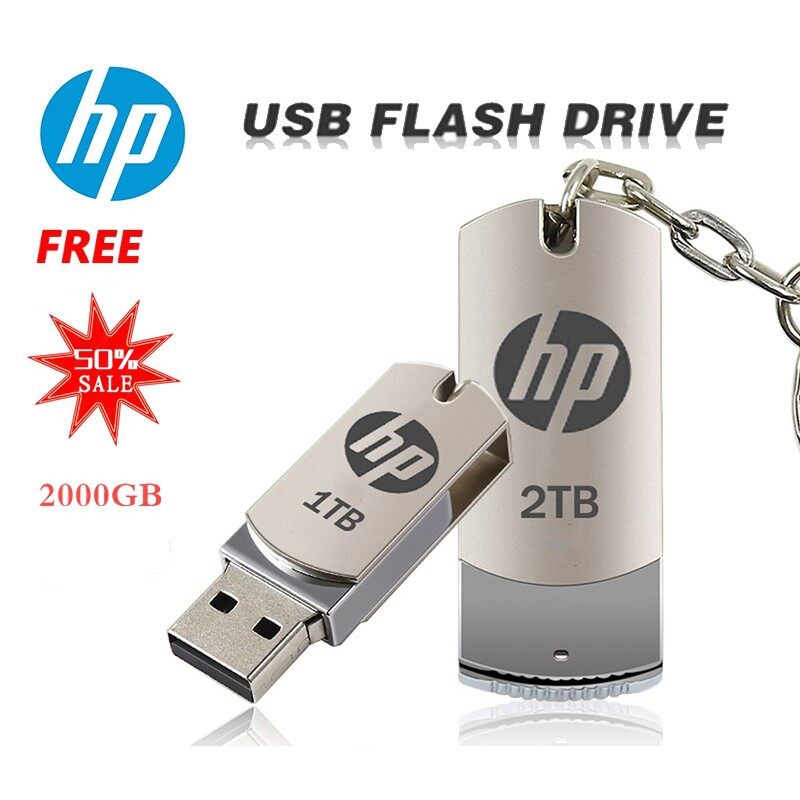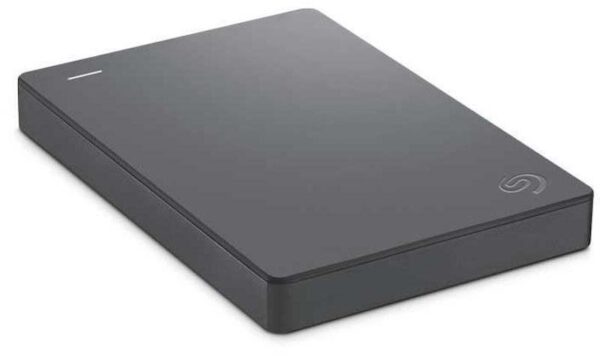

That’s not the only reason you ought to be looking at extra external storage, either. If you want to know for a fact that the digital bits and pieces you’d like to preserve will still be here in years to come, an external hard drive (HDD), or, increasingly, a solid stage drive (SSD) is becoming a necessity. A physical place to put all your photos, videos or music collection, or to store hefty folders of work that need protecting from accidental wiping or possible hacking, remains a very good idea.

None of them have had any problems.Remember when the cloud sounded like it’d fix all your storage problems forever? Bin your flash drives, frisbee your CDs into a skip, forget floppy disks – the cloud is here. That said, I have several SSDs that are more than 5 years old, and I've used them for daily backups throughout that time. Just how much faster depends on how you use it. Every write operation to an SSD-that is, when you save something to it-slightly degrades the individual NAND cells that make up the drive, which wears it out somewhat faster than a spinning drive. The disadvantage is that they can wear out faster. They also lack moving parts, which means they'll withstand the bumps and falls of life in a bag on the road better than spinning drives. If speed trumps price, then you want to look at the solid-state drives we've listed here. The takeaway is simple: Stick with names you know.

Backblaze goes through massive amounts of hard drives backing up customers' data, and its report is worth reading. This is based partly on experience and partly on the drive failure data that Backblaze has been publishing for years now. I suggest sticking with known brands that have a good reputation like Seagate, Western Digital, Samsung, and the others featured here. Drives don't last forever, but some definitely last longer than others. Go for the cheapest drive you can find-up to a point. If you're making nightly backups, then speed probably doesn't matter. Picking the right hard drive comes down to balancing three things: speed, size, and price. Now it doesn't get hot until I start trying to export video, but quickly cools off as soon as it's done. My older Dell XPS 13 used to get too hot to use without something between it and my lap. My favorite part? It generates very little heat. I've been using it as my main drive for several months and found it to be fast enough for everything I do, including editing 5.2K video footage and compiling software. The largest version you can get right now is 2 TB, but the price is reasonable considering the speed increase. If you're doing a lot of drive-intensive tasks, like editing video or gaming, this drive is well worth the money. The SN 770 M.2 2280 achieved speeds of 5,100 MB per second in my testing, which is blazing fast.
Usb backup drive 1tb series#
There are a ton of these on the market and I haven't had time to test many yet, but so far, out of the half dozen I have tried, Western Digital's WD Black series has stood out for speed, and they don't run very hot.
Usb backup drive 1tb Pc#
Again, check your PC to confirm the drive it needs before you buy. More compact laptops may use the similar, but shorter, M.2 2242 design. In my experience, the most common form factor is M.2 2280, which is the long thin drive in the image above. Consult your manufacturer's documentation to find out. The first thing to figure out is which drive your PC uses. If you want to put a bigger SSD in your laptop, all you need is a bare drive, which is generally cheaper than the drives with enclosures listed above.


 0 kommentar(er)
0 kommentar(er)
